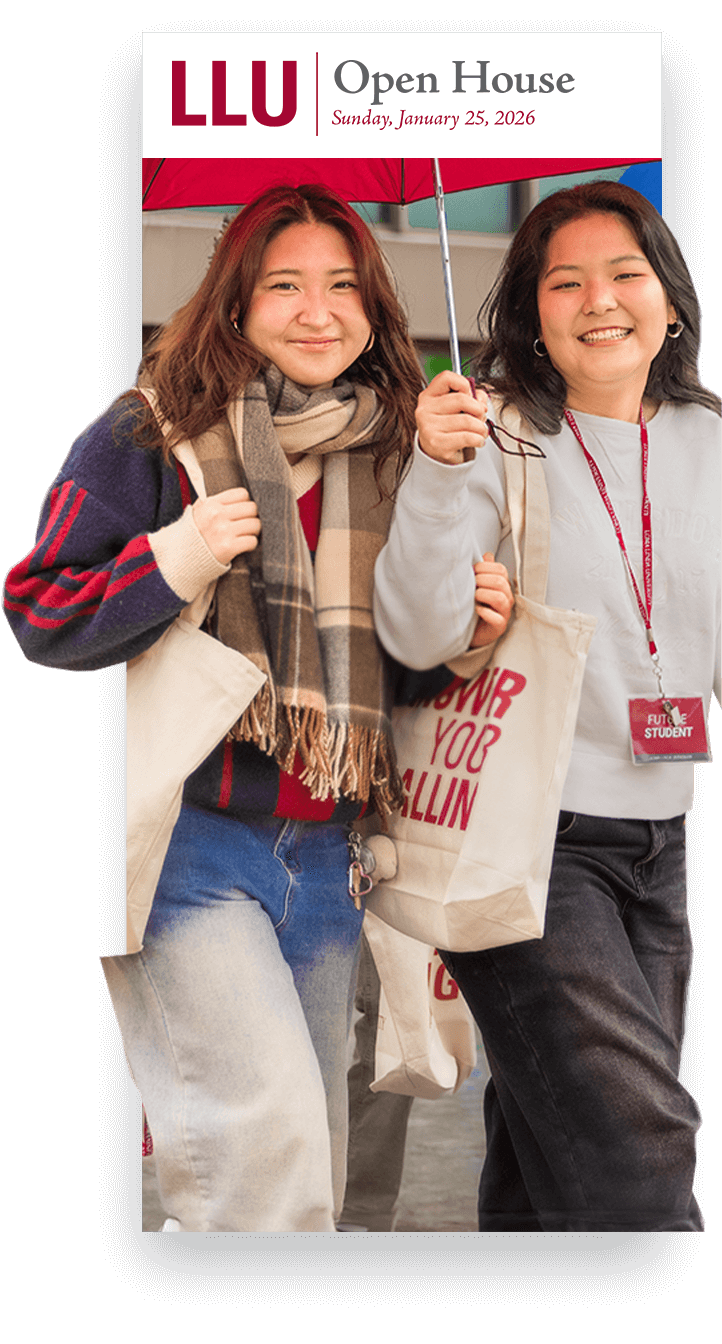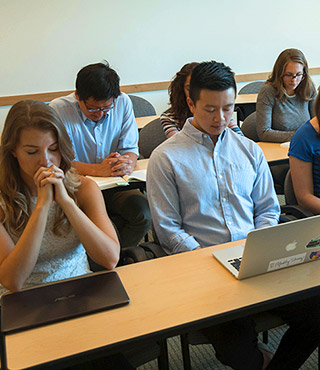Program Description
Profession
The Radiographer’s job is to position the patient, determine exposure factors, manipulate medical imaging equipment, evaluate radiographic image quality, provide patient comfort, and oversee patient and medical team radiation protection. Radiographers participate in fast-paced work challenges in a variety of healthcare settings. Radiographers must provide a positive patient experience, possess the ability to be accurate and calm under pressure, and critically think through challenges. Radiographers perform exams for diagnosis and treatment of a variety of pathology. Additionally, the Entry-level Radiation Sciences (Medical Radiography), BS, program provides opportunities for instruction in advanced specialty classes in areas such as: administration, education, imaging informatics, CT, MRI, cardiac imaging, vascular imaging, and mammography. Beyond medical imaging, graduates can continue their education into advanced degrees/professions such as a Physician Assistant or Radiologist Assistant, medical school, and more.
Professional Registration and Certification
Upon completion of the requirements for the Bachelor of Science degree, the graduate is eligible to take the qualifying examination of the American Registry of Radiologic Technologists (ARRT) and become certified by the state of California. Loma Linda University and the Department of Radiation Technology cannot guarantee graduates gainful employment or passing a professional credentialing examination once a degree is completed. Once a graduate has exhausted their attempts or time to pass a professional credentialing exam, the Department of Radiation Technology is unable to have you repeat the program as a part of the remediation required to regain eligibility to sit for the professional credentialing examination. Please contact the program director for any questions regarding gainful employment or the professional credentialing examination. Students and graduates are eligible for membership in the American Society of Radiologic Technologists (ASRT) and the California Society of Radiologic Technologists (CSRT).
Program Length
3 years, 11 academic quarters. Full-time program.Possible Careers
Radiologic Technology with opportunities for administration, education, imaging informatics, CT, MRI, cardiac imaging, vascular imaging, mammography, and more.Application Deadlines
| Quarter | Application Open | Priority Deadline | Final Deadline |
|---|---|---|---|
| Autumn of 2026 | Oct 1, 2025 | — | Feb 15, 2026 |
Prerequisites
- English sequence (English Composition and Critical Thinking)
- Medical terminology
- Interpersonal communication, oral communication, or public speaking
- Human anatomy and physiology, complete sequence (typically two courses, with a lab for each course)
- College Algebra
- Any Psychology course
- Elective courses (any humanities, natural science, social science, etc.) to reach the 45-quarter unit min (usually 2 courses)
General education courses are required for a BS degree at LLU. Completion of these courses in addition to the prerequisite requirements to save time and money while in the Entry-BSRS program. They are NOT required for entry.
Discipline Accrediting Agency
Loma Linda University is regionally accredited by the Western Association of Schools and Colleges, Accrediting Commission for Senior Colleges and Universities. The Medical Radiography, A.S. and Radiation Sciences, B.S. programs at Loma Linda University hold a specialty 8-year accreditation designation by the Joint Review Committee on Education in Radiologic Technology, 20 North Wacker Drive, Suite 2850, Chicago, IL 60606-3182, telephone (312) 704-5300. The program is also approved by the Radiologic Health Branch (RHB) of the state of California, Department of Public Health, MS 7610, P.O. Box 997414, Sacramento, CA 95899-7414, telephone (916) 327-5106.State Accrediting Agency
Loma Linda University is regionally accredited by the Western Association of Schools and Colleges, Accrediting Commission for Senior Colleges and Universities. The Medical Radiography, A.S. and Radiation Sciences, B.S. programs at Loma Linda University hold a specialty accreditation by the Joint Review Committee on Education in Radiologic Technology, 20 North Wacker Drive, Suite 2850, Chicago, IL 60606-3182, telephone (312) 704-5300. The program is also approved by the Radiologic Health Branch (RHB) of the state of California, Department of Public Health, MS 7610, P.O. Box 997414, Sacramento, CA 95899-7414, telephone (916) 327-5106.
Expected Cost of Attendance
The following estimated cost of attendance is based on full-time attendance for the number of months enrolled per academic year. Estimated amounts may vary based on a number of factors. Students may use these estimates when applying for financial aid.
Required Program Costs
Academic Year 2026-2027
Other Educational Costs
Non-required costs that can be funded with scholarships/loans.
Notes
- Estimated amounts are for the academic year specified only. Amounts are based on full-time attendance for the number of months enrolled per academic year. International students need to calculate 12 months of living expenses based on these amounts.
- Amounts are expected to increase each year consistent with inflation in the professional education sector.
- To qualify for financial aid, most students must be enrolled at least half time in an aid eligible program and be taking degree requirements. Half time is 6 units in a quarter for undergraduate programs and 4 units in a quarter for graduate programs.




